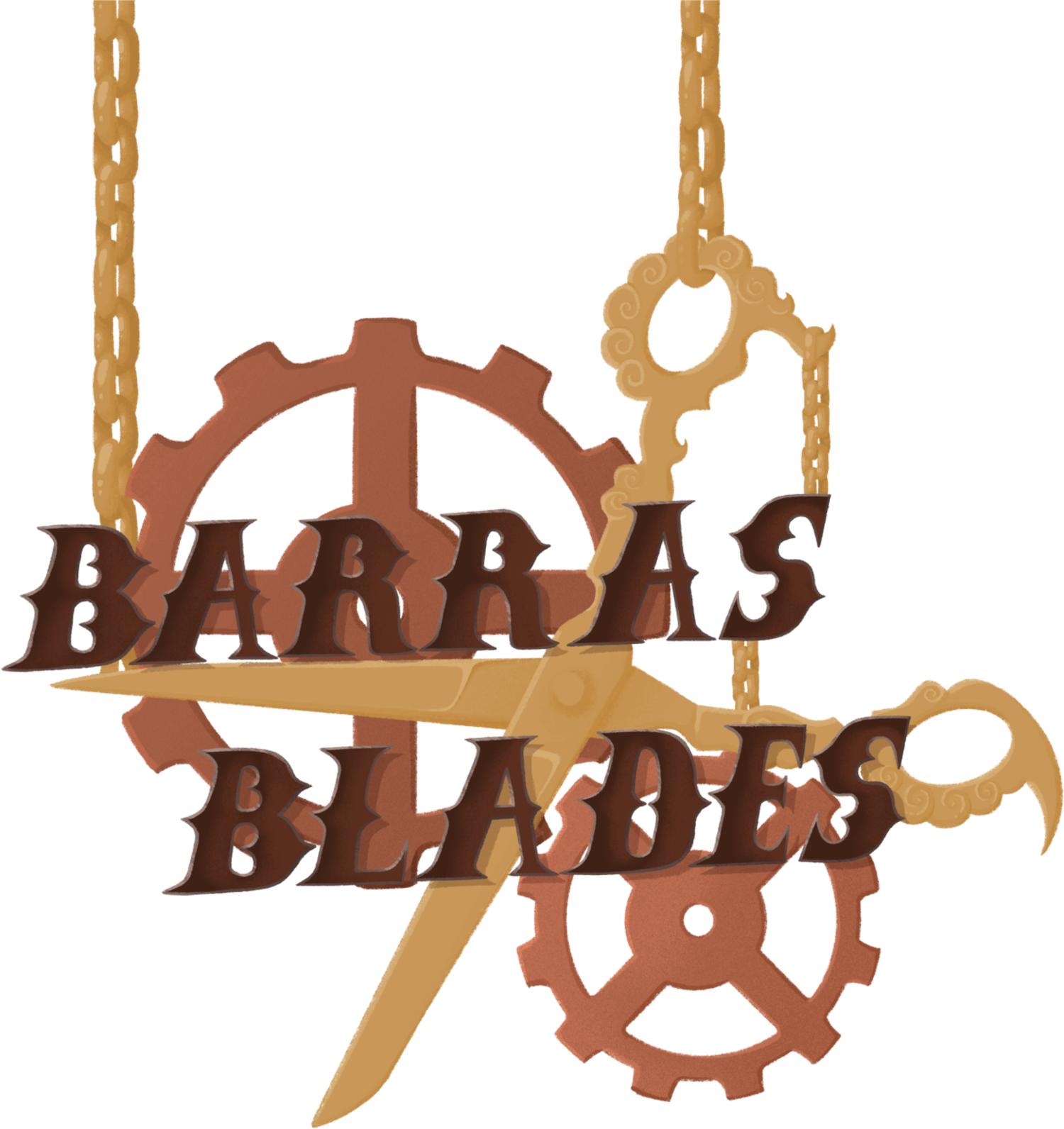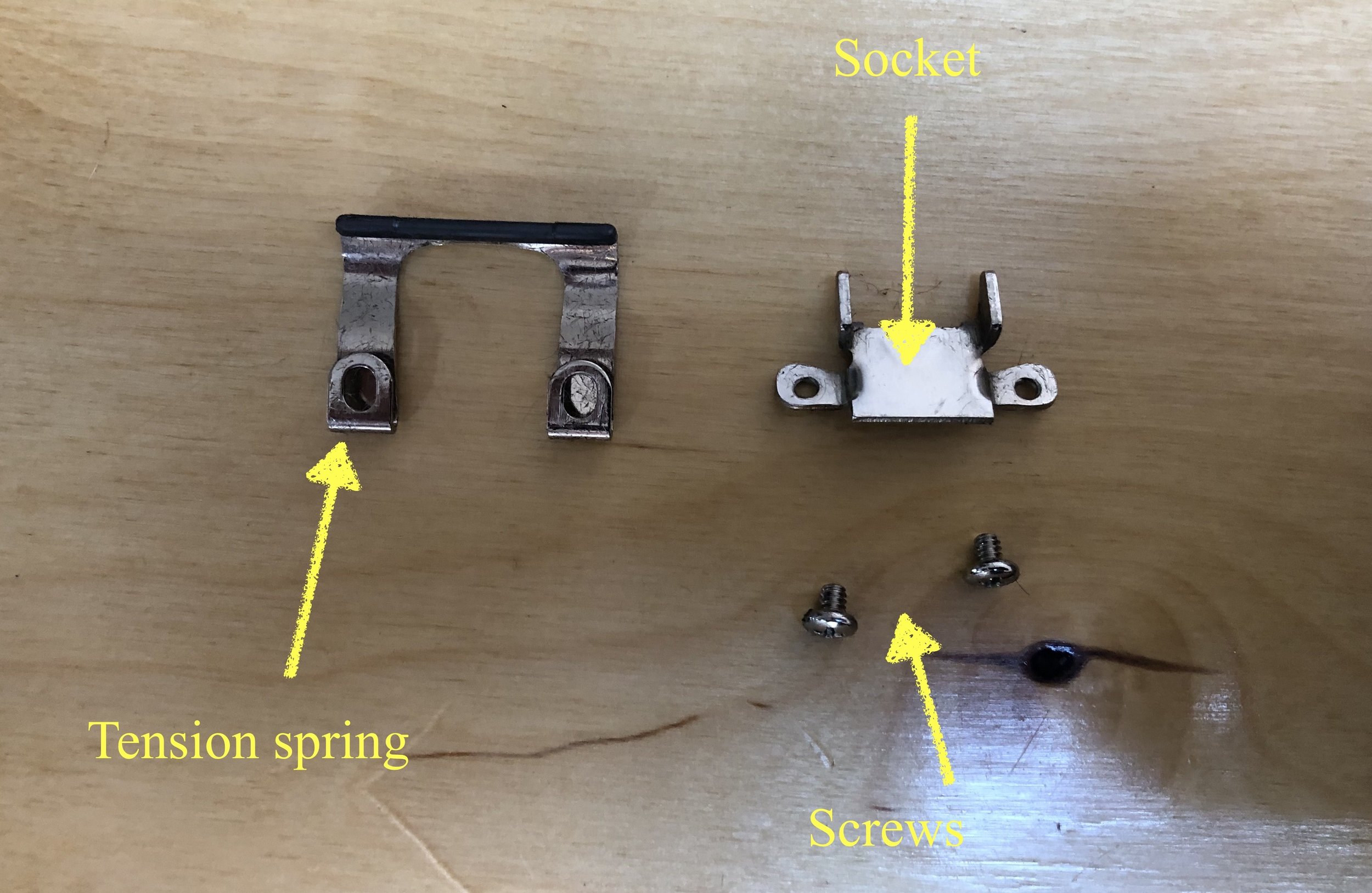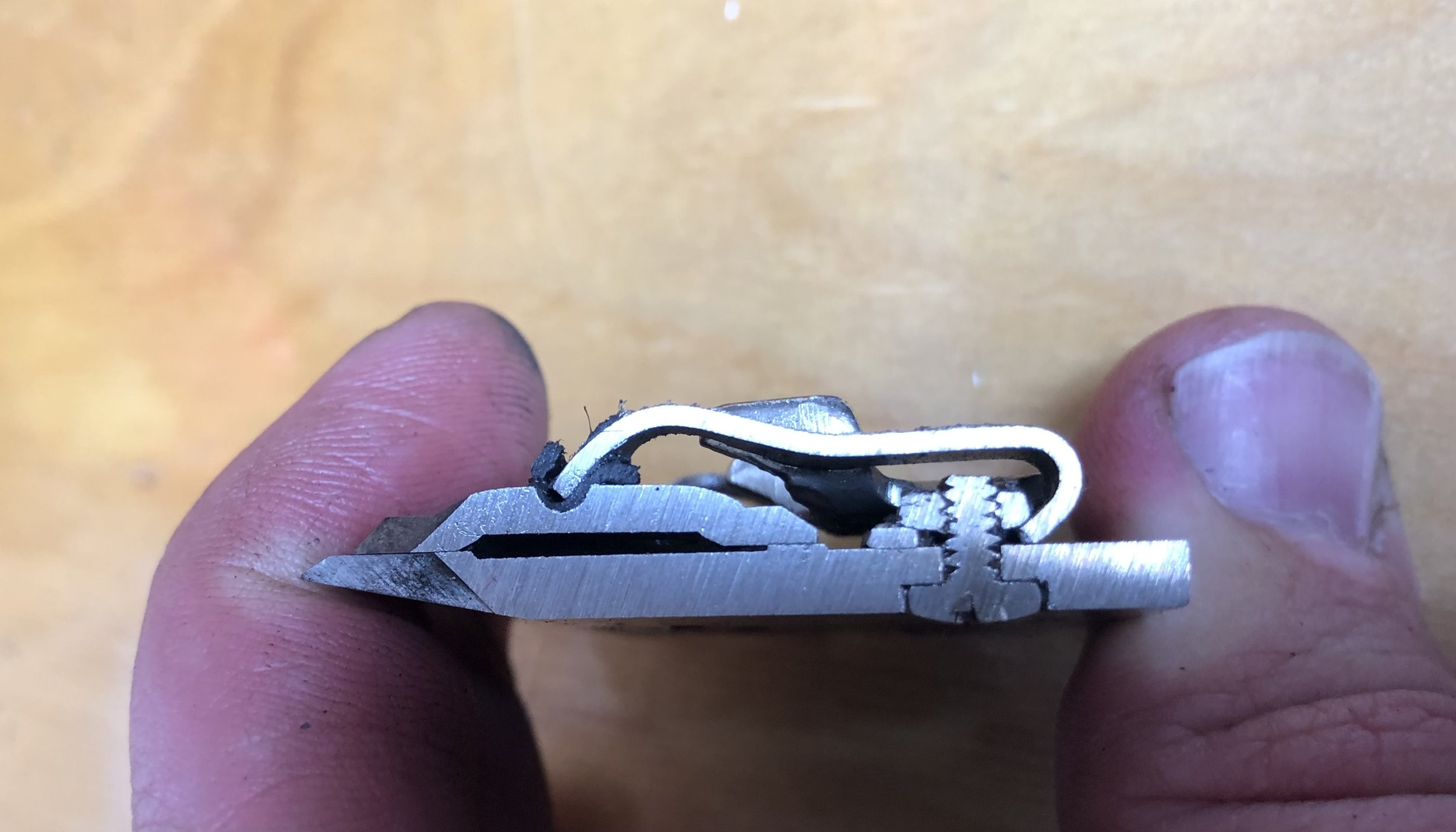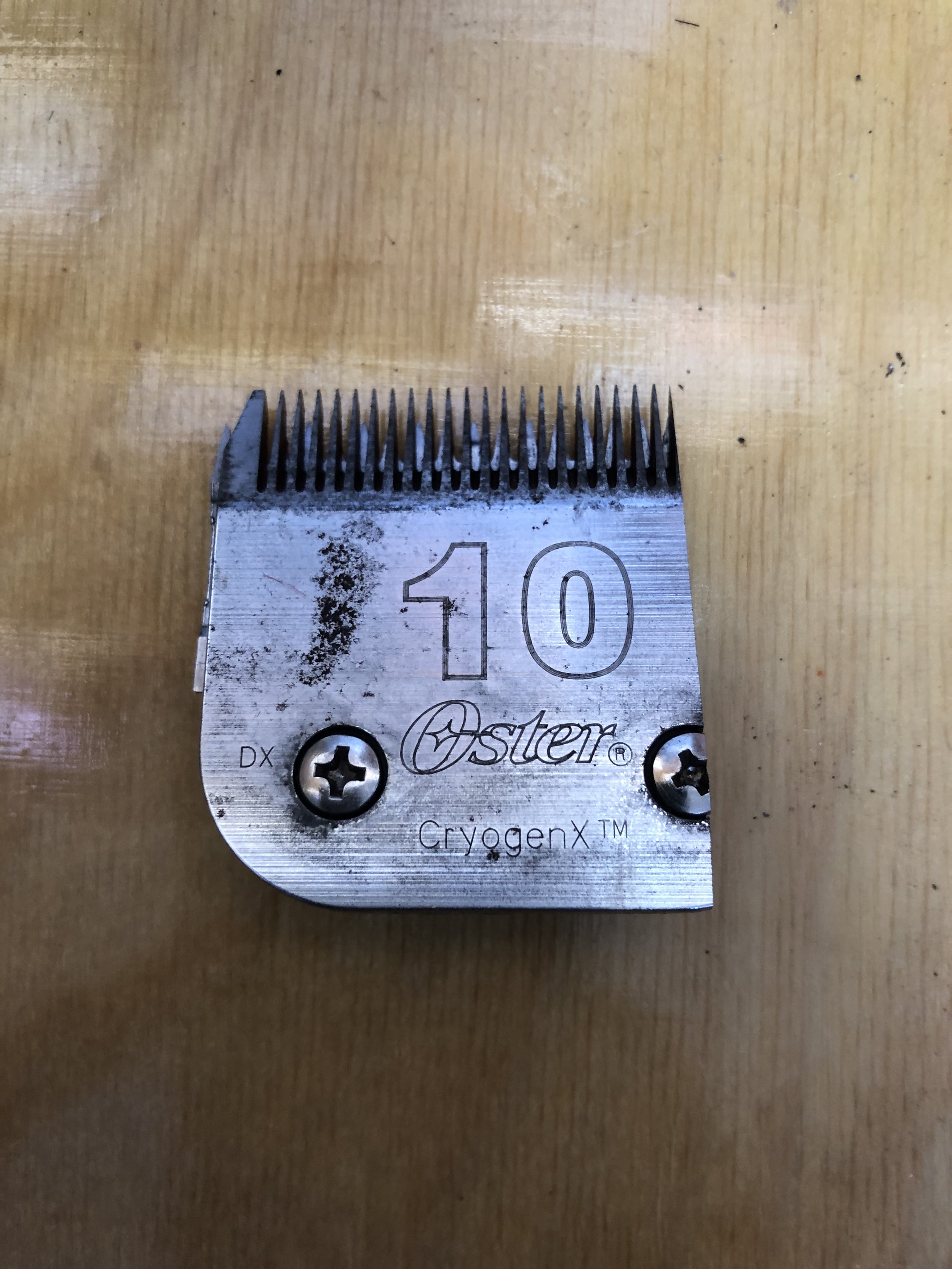Blade tension screws
Another blade came into today where the two screws on the back of the blade where loose. The customer had followed the advice online to adjust the tension of the blade by tweaking the two tension screws. This should not be done as it doesn’t work at best and at worst it will give you a pile of bits on the floor.
I have explained before why this is a bad idea but lets have another shot at it, this time lets have a cross section of a blade so that I can explain how the tension system of a blade works.
Time for a spare blade to have a bad day
A really bad day……
First up lets look at the parts involved
So how the tension system works is the tension spring has a curve on it and this pushed down on the cutter.
The tension spring fits under the socket which is held down with the two screws
Now see the two holes in the tension spring aren’t round?
They are actually slots as they let the cutter location be adjusted by moving around the tension spring.
If you loosen the two screws then you are letting the tension spring move which in turn this will let the cutter alignment change.
This isn’t good as if the cutter comes forward it can cut a dog.
Now with the cross section of the blade you should be able to see how it works.
See how the tension spring is held down at it’s end so for you to remove any tension it has to be very loose and to add tension then all you are going todo is to mess up the screws.
The only way you can add or remove tension on an A5 blade is to change the bend of the spring.
If you look at this tensioner from a set of lister horse clippers you will see they are radically different as they have a knob and a spring which is compressed by the knob. That type of clipper you can change the tension by turning a screw. The aseculap system uses a similar method for adjusting the tension. But the aesculap system is much more expensive then A5 blades but probably worth it.
And one final thing






